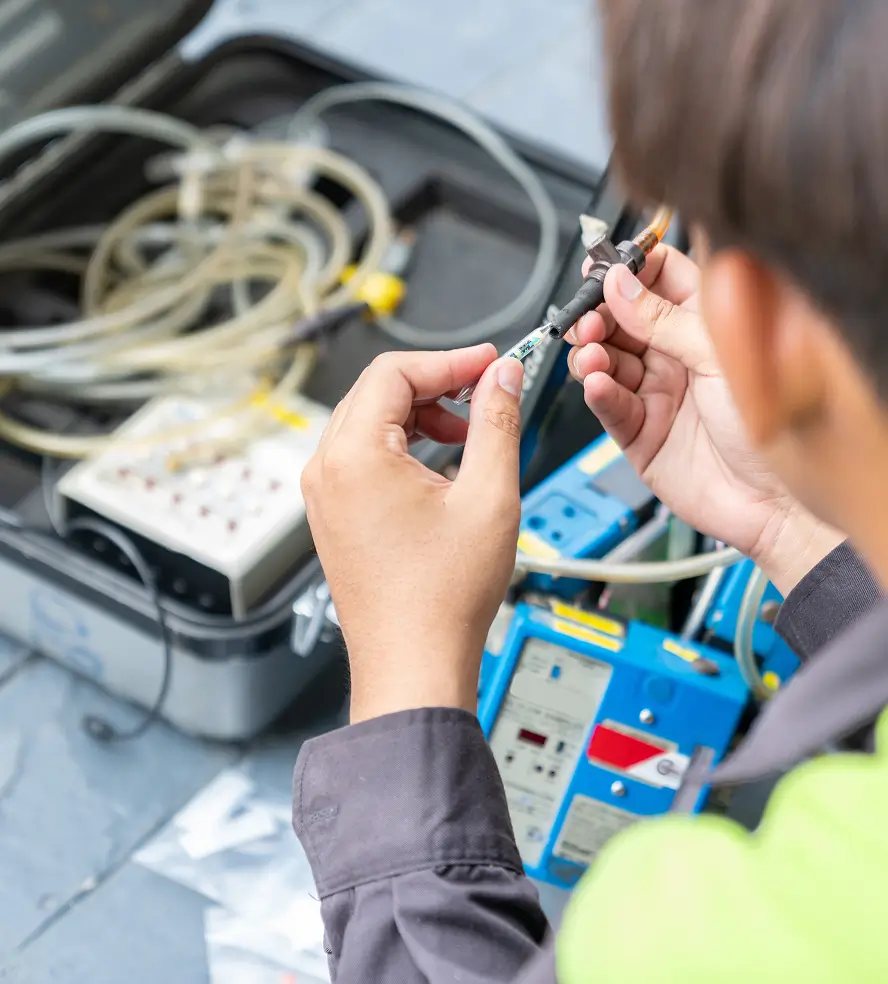Volatile Organic Compounds (VOCs) are chemicals that easily vaporize at room temperature and can significantly impact air quality. Common sources of VOCs include paints, cleaning products, adhesives, and certain industrial processes. They can leak into the air from materials like building products or during activities such as petroleum refining and fuel combustion. Many industrial and construction worksites produce VOCs.
Common VOCs Include:
- Formaldehyde
- Benzene
- Toluene
- Acetone

Why Is VOC Testing Important for Indoor Air Quality?
VOC testing is crucial for understanding and managing air quality, especially in industrial or commercial environments. Testing helps to monitor VOC levels to prevent adverse health effects and ensures a safe working environment. VOC testing is part of SITEX’s comprehensive approach to industrial hygiene monitoring.
Health Impacts
Poor indoor air quality due to VOCs can lead to:
- Headaches
- Dizziness
- Allergic reactions
- Long-term health issues like cancer
VOC testing provides critical information on the concentrations of these harmful compounds, allowing you to take action before health problems arise.






